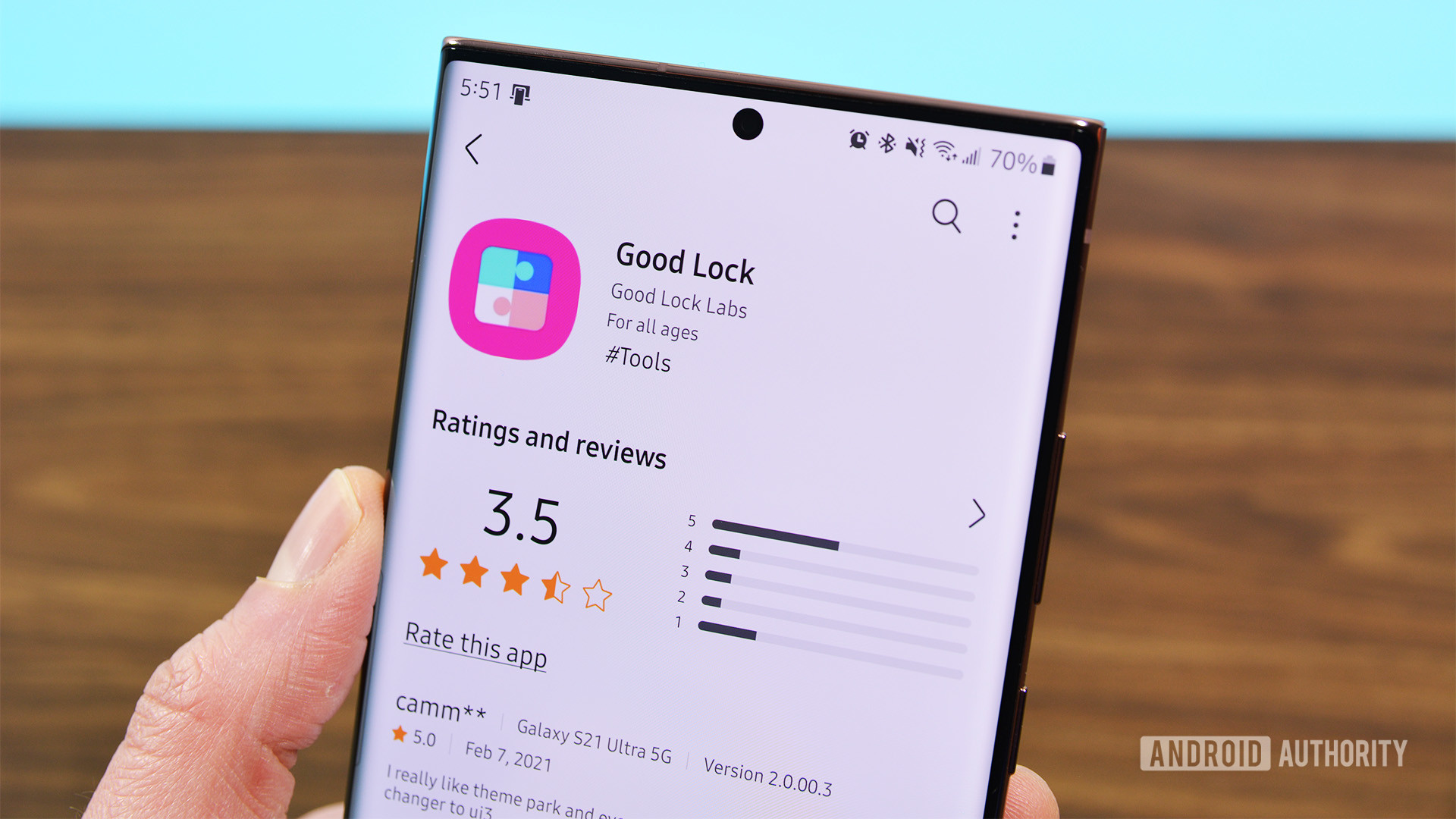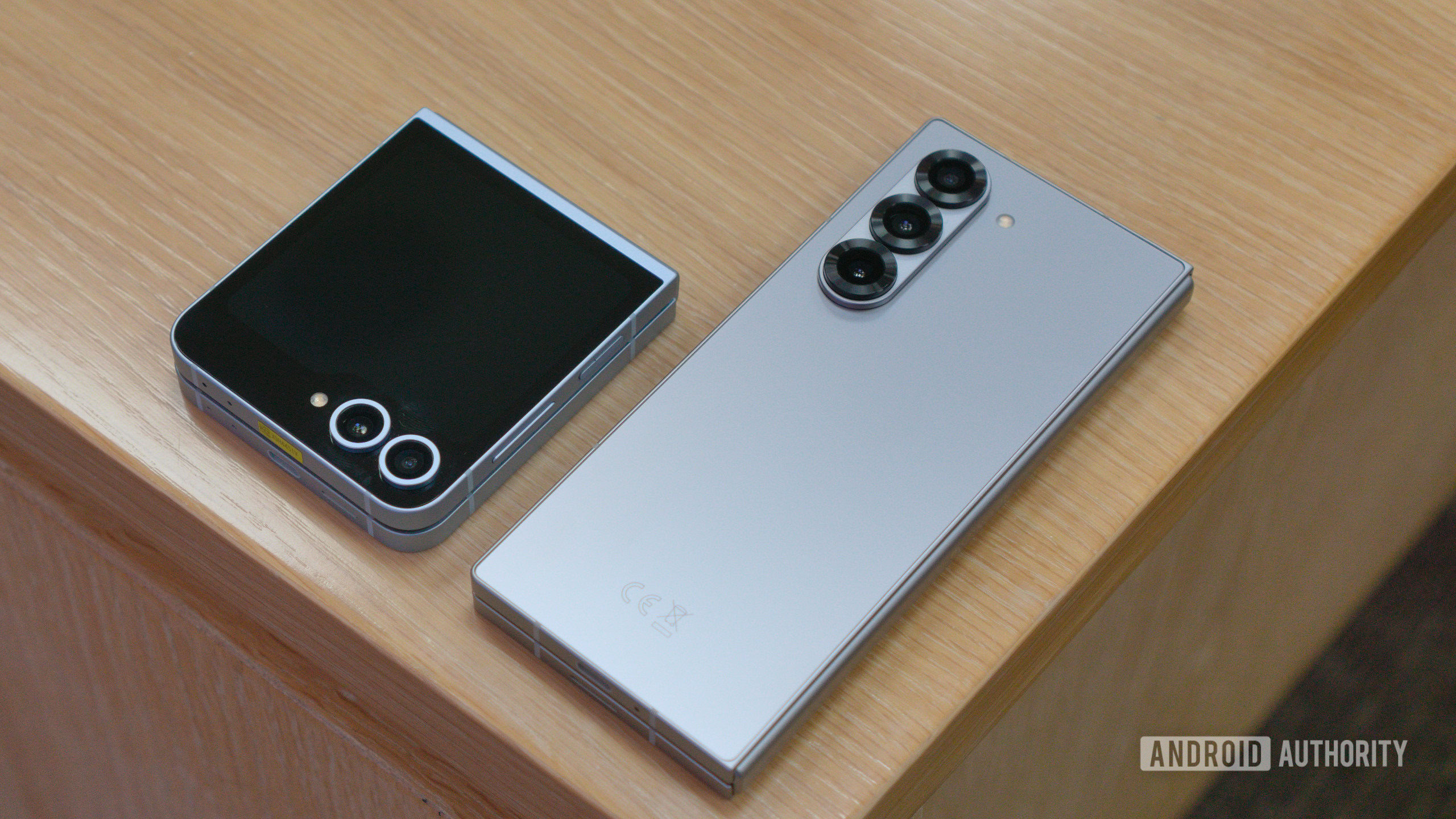
When Samsung started overhauling Good Lock for One UI 7, Home Up was one of the modules that saw the biggest changes. Most of those changes were good, letting you modify edge panels, the taskbar (on Folds and tablets), the overview screen, and the home screen itself. As welcome as those features are, I found one of the additions harder to appreciate. DIY Home has a lot of potential, but despite the wonderfully awful home screens you can create with it, the implementation is flawed and reminds me of the worst days of Microsoft’s Windows experiments.
Have you tried to customize your phone with Samsung’s DIY Home?
835 votes
DIY Home: What is it and why do I hate it?
DIY Home removes all of the guardrails usually placed on home screen customisation. Grid, icon, and widget sizes are unrestricted, and you can put everything, everywhere, all at once. On the surface, that sounds pretty cool. Moving every element to exactly where you want it without any restrictions could lead to some cool setups and maybe a renaissance of the old custom launcher days. I initially hoped for that, but it hasn’t worked out. The way DIY Home has been implemented is almost unusable, and I can’t bring myself to use it for any longer than is needed.
Long-press on an empty space on your home screen or pinch out, and a new DIY Home button appears in the top right of the screen. Once you’re in the DIY editor, you can move icons and widgets freely without any limitation, resize and rotate them, and add stickers, emojis, and text.
Using DIY Home is like trying to play chess against an opponent who cheats, changes the rules, and flips the board if you start winning.
The controls are, in a way, too simple. Even on my S24 Ultra, which is realistically the biggest screen most people will try this with, there isn’t enough room to move things precisely with your finger. It needs a movement slider or arrow keys, like the widget creator in KWGT.
Another issue is the alignment presets, which are all unlabelled, so you have to press them to figure out what they do. By then, all of the icons you’ve selected are on top of one another in some incoherent mess that looks like it belongs in John Carpenter’s The Thing. Icon manipulation is also inconsistent. Sometimes tapping on a new icon and dragging it while a different one is already selected will clear that selection and only move the new one, while other times it’ll move both or neither.
Using DIY Home is like trying to play chess against an opponent who cheats, changes the rules, and flips the board if you start winning. It’s frustrating and confusing, and it nearly drove me to throw my phone at a wall.
Can you make DIY home screens look good on One UI?

Zac Kew-Denniss / Android Authority
The answer to that one is maybe. I definitely can’t; the screenshot above is the best I could do after nearly an hour of messing with it. Perhaps if you’re more patient or creative, you can squeeze a nice home screen out of DIY Home, but I think that effort would be better spent on Nova Launcher or KWGT. My colleague Ryan Haines agrees, too, saying he wishes he hadn’t even tried DIY Home.
I think Samsung’s efforts would be better spent elsewhere, too. One UI 7 introduced the vertical app drawer many of us wanted, but many users, including my wife, preferred the paginated horizontal layout. The option to revert to that, along with more blur and background color options, would be more useful than this.
In 1995, Microsoft released Microsoft BOB, which was meant to make navigating Windows more intuitive. It didn’t. Instead, it was an incomprehensible mess, just as most DIY Home creations are, and unless Samsung can overhaul it into something more usable, it’s best forgotten.
Do you like DIY Home, or do you think other features would be a better use of Samsung’s (and our) time? Let us know in the comments.


